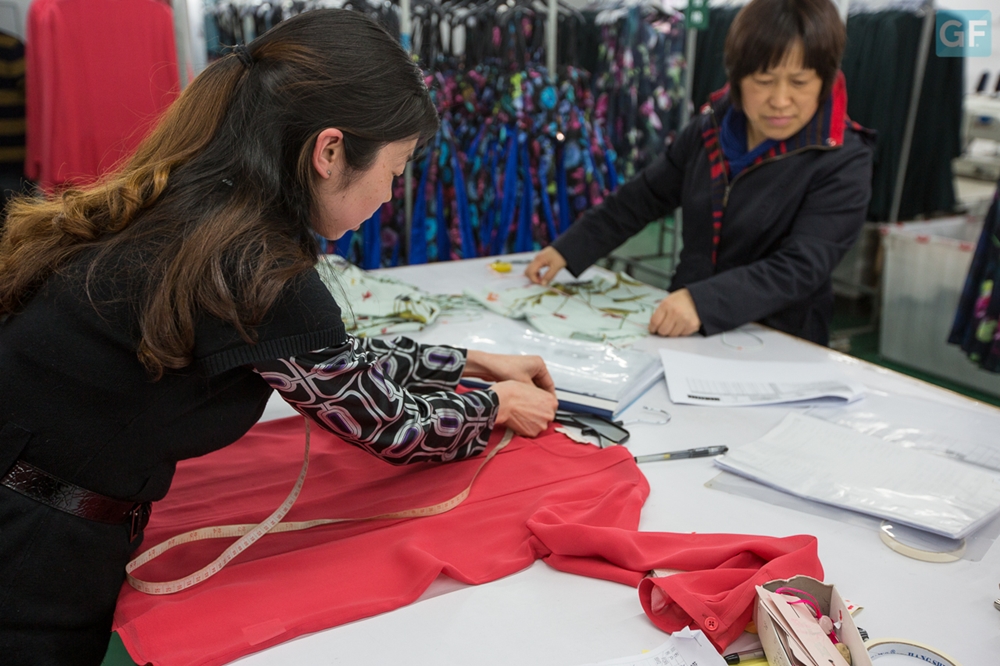
We often talk about quality but when we ask potential employees, current collaborators, providers or manufacturers, and even professionals within the sector the question “What is quality?”, their answers are very diverse or don’t express a clear idea.
In line with this situation, I have found the answers gathered at the American Society for Quality poll.
The following is a group of ten definitions for the question:
What is quality?
To efficiently provide the services and products that will meet or exceed the client’s expectations.
More added value for the client.
To constantly measure improvements in the processes and customer service.
Acting according to the agreed plan and reporting failures.
To do the right thing, at the right time, in the right way, with the right people.
To make sure customers come back and products are not returned.
To offer the best value for clients by improving our activities and processes every day.
To go beyond delivering what the client wants, and to anticipate what the client will want when they know the possibilities.
To offer the customer value throughout the organization by way of our products, services, and first-class support.
To meet and exceed the expectations of clients, employees and relevant groups within the community.
Different definitions of quality.
According to these answers, we can see that various definitions can be provided depending on the level we are in or even on our point of argument.
On a first level, quality means meeting the client’s specifications. According to this definition, that would be enough.
From the point of view of the marketing and financial department, it means making sure the clients come back but products are not returned.
On a higher level, quality is doing things correctly, using the best means and through the practice of excellence.
The idea of quality of many Chinese manufacturers.
Unfortunately, many Chinese textile manufacturers –and surely we can find examples in other producing countries—are still on the first level. The manufacturing of a quality product means “just” to meet the specs provided by the client.
With this mindset, achieving higher quality implies hiring additional inspectors to perform more thoroughly controls.
Buyers and importers use statistical standards for quality control based on AQL limits. If a buyer establishes a tighter tolerance from what is usually considered “normal” for manufactured goods, the provider will often increase the price.
Why do they do that?
Because in order to provide the client with the requested quality, and follow their specs, the manufacturer will have to modify their usual process, increase the number of steps, slow down the production rate, select the best workers and discard the ones who have less technical resources or expertise, employ the best machines, among other changes.
This happens because it NOT a genuine process of continuous improvement. There is no preliminary plan to improve quality. This is only a circumstantial and temporal response to a specific request of the client.
What is wrong with this mindset from the Chinese provider?
This mindset is completely reactive. It is not proactive.
There is no initiative from the manufacturer to improve the processes of design and production as part of a plan for improvement and excellence.
Our responsibility as a brand and textile client
As we demand constant improvement from the provider, we cannot keep a micro-level vision within our own company.
In order to produce and purchase a quality product, the first thing to do is to create, establish and inform the people responsible for the design, purchase and production, the exact product we want and should buy, and the one we CANNOT buy. This will be reflected in the company’s Quality Manual and then it will be informed to the suppliers.
When parameters are established in the Quality Manual, those directly responsible of purchasing will know exactly what to purchase and at what price, only approved materials and accessories will be used, and the processes of production, washing and finishing to be followed will be correct, efficient and controlled.
For these reasons, the negotiation process DOES NOT become, as usually happens, a “mere auction” where the provider ends up “granting” the minimum price we asked for but not the quality product we requested.
Bottom line.
In this article, I will leave you two conclusions.
The first conclusion is the brilliant concept of quality by Kaoru Ishikawa.
The goals of quality are to satisfy the consumer needs and to conform to the design specifications.
In order to illustrate this synthesis, Ishikawa designed the “diagram of the three qualities”.
The product or service has a higher degree of quality as the three qualities –requested, designed and made—are more consistent.
When they are not consistent, the consequences are as follows:
If the demanded quality is not designed or made, it creates user dissatisfaction.
If the designed quality is not made or not as demanded, the cost is higher and the quality is insufficient.
If the made quality is not the designed or demanded quality, the effort increases and the quality is unnecessary or it can’t reach the requested level.
The second conclusion is comprised by some of the basic principles of “the Philosophy of Quality by Kaoru Ishikawa”.
Quality starts with education and ends with education.
One of the first steps towards quality is to know the clients’ needs and requirements.
The ideal conditions of quality control are when inspection is no longer necessary.
Eliminate the cause of origin and not the symptoms.
Quality control is a responsibility of every worker and every division within a company.
Means are not to be confused with objectives.
Prioritize quality and set earnings outlook for the long-term.
Marketing is the input and output of quality.
Management should not react negatively when facts are presented by their subordinates.
Ninety-five per cent of a company’s problems can be solved using the tools of problem analysis and solution.
Information without circulation is false information.
Kaoru Ishikawa says many truths about quality, right?
Additionally, he shares it directly and clearly; this allows us to deeply understand the relation between the production process – quality – product.
See you on the next article!














































